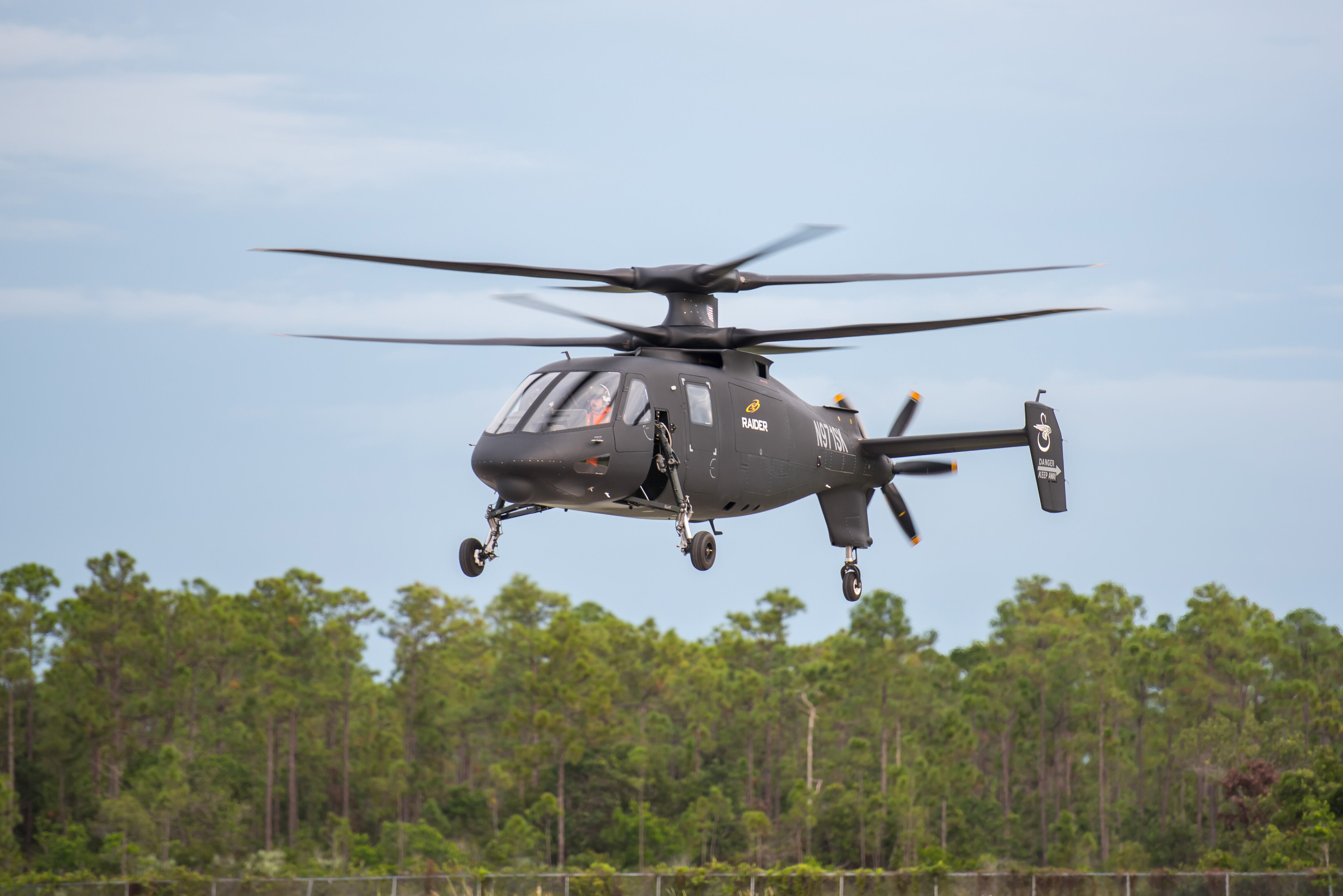NASHVILLE, Tenn. — Lockheed Martin-owned Sikorsky’s S-97 Raider — an experimental coaxial helicopter — is on the edge of returning to flight after a hard landing last year took out its first prototype.
The company had a second Raider prototype standing by, so following the accident, Sikorsky began to ready that aircraft for flight.
The second aircraft began ground testing on April 25 at the company’s West Palm Beach, Florida, facility, Tim Malia, Sikorsky’s program director for Future Vertical Lift light development, told Defense News at the Army Aviation Association of America annual summit.
RELATED

“We are eager to go into and complete a whole ground test cycle,” Malia said, adding that it will result in getting the helicopter into the air this summer, where the company will pick up where it left off with the first aircraft.
Click here to find out more about what’s next for U.S. Army aviation from the 2018 AAAA conference.
Before the hard landing, the company had been able to complete low-speed handling, and in 20 hours of flight testing it expanded the speed envelope to 150 knots.
During this summer, Malia said, Sikorsky aims to push the speed above 200 knots.
While the company has been careful not to sacrifice flight safety as it brings the new prototype into flight testing, “there is an element that goes a little bit faster” since the aircraft preparing to fly isn’t the first one, Malia explained. Sikorsky was able to more quickly build it, he said, and the company will be able to move through some initial testing faster.
Findings of the cause of the hard landing had nothing to do with Sikorsky’s X2 coaxial technology used both in Raider and its SB-1 Defiant demonstrator the company is building with Boeing for the Army’s Joint Multi-Role demonstration, which will help define requirements for a Future Vertical Lift aircraft expected to fly in the 2030s.
“The neighborhood of the root cause is the complex interaction between the ground, the landing gear, the flight control system and the associated pilot interactions,” Chris Van Buiten, Sikorsky’s vice president of technology and innovation, said in response to a National Transportation Safety Board preliminary report issued in September.
The findings required Sikorsky to make some changes to the flight-control system software to assure the same thing will never happen again, Van Buiten said.
Sikorsky is hoping the U.S. Army will choose Raider for its FVL light aircraft that will serve the attack reconnaissance mission. The service has not yet indicated how and when it will procure a new helicopter that meets such a mission.
Jen Judson is an award-winning journalist covering land warfare for Defense News. She has also worked for Politico and Inside Defense. She holds a Master of Science degree in journalism from Boston University and a Bachelor of Arts degree from Kenyon College.








